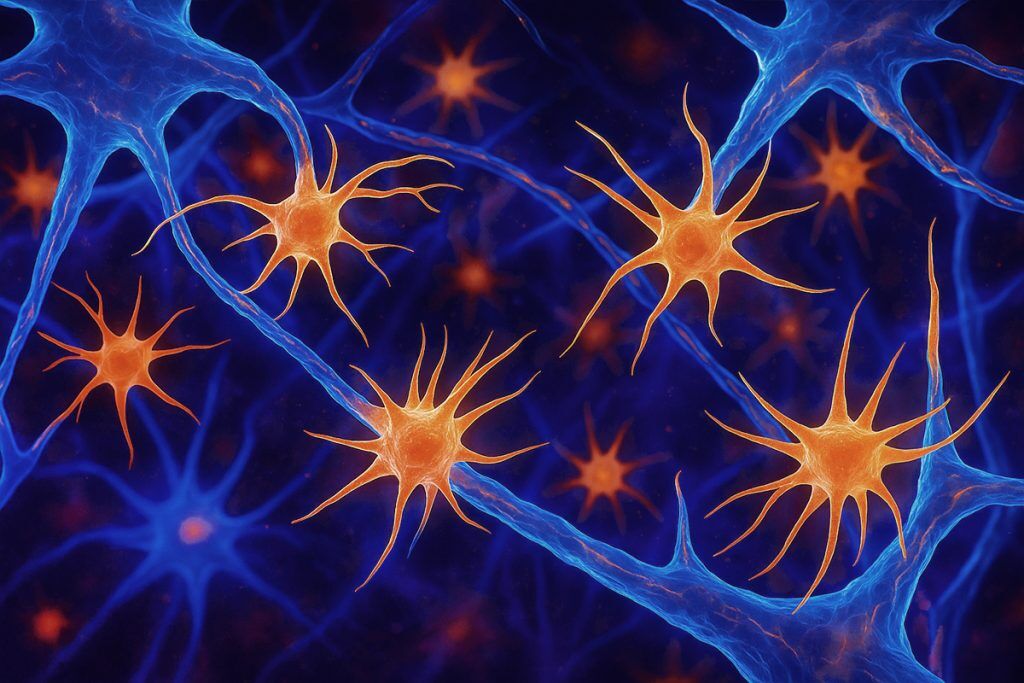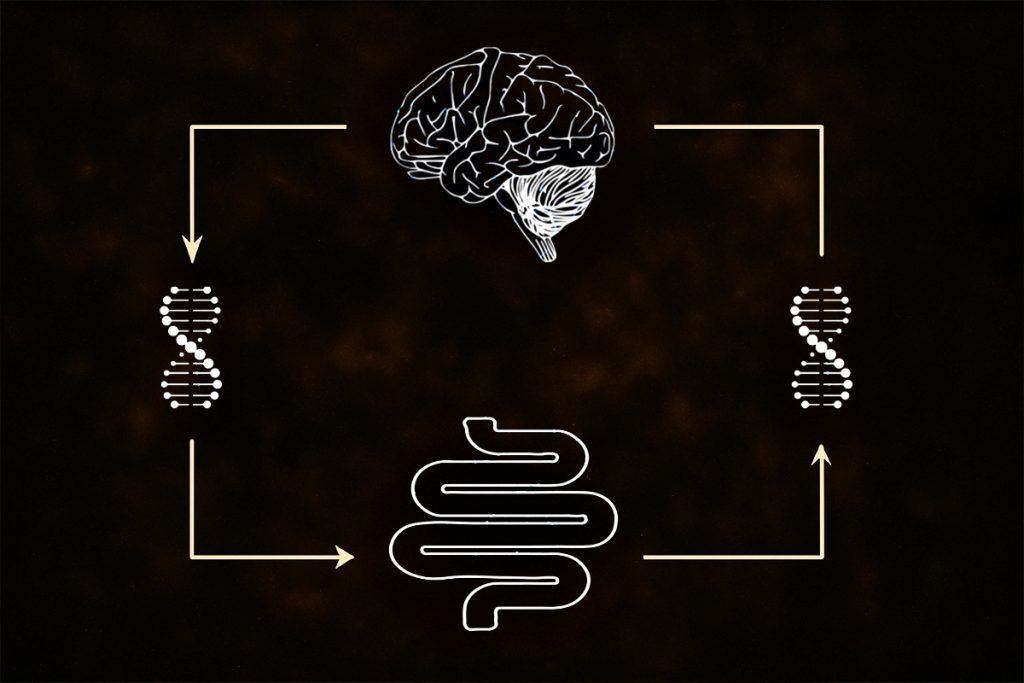
Proteins make up most of the cogs, wheels, and switches of the intricate machinery of the cell. Their assemblies and interactions depend on the proteins involved having the correct structure. A protein is a complicated molecule and assembly alone, by joining amino acids together in a ribosome according to the blueprint provided by a messenger RNA molecule, doesn’t guarantee that the resulting protein ends up folded into the right shape. Chaperone molecules exist to guide protein folding, but one of the forms of stress that a cell can suffer is the accumulation of unfolded or incorrectly folded proteins. Too much of this and the cell behavior changes to become problematic, or the cell dies.
Cells respond to this form of stress with what is known as an unfolded protein response, which can focus on the endoplasmic reticulum where most proteins are folded, those encoded in the nuclear genome, or it can focus on mitochondria. As the descendants of ancient symbiotic bacteria, mitochondria have their own small genome and can manufacture their own proteins independently of the rest of the cell. Thus they can also suffer unfolded protein stress, and can mount a response against it.
As researchers point out in today’s open access review, the generally beneficial consequences of the mitochondrial unfolded protein response are not limited to the mitochondria, but have important effects on other parts of the cell, other cells, and even other tissues in the body. In part this is because most formerly mitochondrial genes have migrated to the cell nucleus over evolutionary time, but producing distant benefits is generally a characteristic of cell stress responses, as illustrated by the response to calorie restriction, heat shock, and so forth.
The mitochondrial unfolded protein response: acting near and far
The paramount importance of maintaining a healthy protein pool is highlighted by the significant fraction of the proteome that is devoted to protein surveillance across species. An extensive plexus of chaperones and the proteolytic degradation machinery, coordinated by stress response pathways, collectively referred to as the proteostasis network (PN), safeguards proteostasis. Notably, the efficacy of the PN declines with age, leading to the accumulation of misfolded proteins, toxic oligomers, and protein aggregates, culminating in proteotoxicity. Post-mitotic cells, such as neurons, are particularly susceptible to protein aggregation and PN dysfunction. Intensive scientific efforts have been focused on slowing PN decline to mitigate late-onset neurological disorders.
Mitochondria are the result of endosymbiotic events between ancestral eukaryotic cells and free-living proteobacteria. They are central to cellular metabolism, producing ATP via oxidative phosphorylation (OXPHOS) and being involved in processes such as the TCA cycle and the beta-oxidation of fatty acids, but are also critical for the production of essential cofactors and regulatory metabolites. Mitochondrial dysfunction is a key hallmark of aging and is associated with the manifestation of a wide spectrum of human pathologies affecting the muscular, neuronal and immune systems. Sophisticated quality control and protein turnover mechanisms (i.e. chaperones, proteases, mitochondrial-associated degradation) maintain protein integrity in various mitochondrial compartments, while others ensure that irreversibly damaged or superfluous mitochondria are removed by autophagic degradation (i.e. mitophagy). The vast majority (more than 99%) of mitochondrial proteins are encoded by the nuclear genome, translated by cytosolic ribosomes and then imported into the mitochondria. Therefore, any change in the mitochondrial status should be communicated to the nucleus so that the mitochondrial network can successfully adapts to ever-changing physiological demands and functionally recover from stress.
To ensure proper mitochondrial function under misfolding stress, a retrograde mitochondrial signaling pathway known as the mitochondrial unfolded protein response (UPRmt) is activated. The UPRmt ensures that mitochondrial stress is communicated to the nucleus, where gene expression for several mitochondrial proteases and chaperones is induced, forming a protective mechanism to restore mitochondrial proteostasis and function. Importantly, the UPRmt not only acts within cells, but also exhibits a conserved cell-nonautonomous activation across species, where mitochondrial stress in a defined tissue triggers a systemic response that affects distant organs. Here, we summarize the molecular basis of the UPRmt in the invertebrate model organism Caenorhabditis elegans and in mammals. We also describe recent findings on cell-nonautonomous activation of the UPRmt in worms, flies and mice, and how UPRmt activation in specific tissues affects organismal metabolism and longevity.
#Reviewing #Effects #Mitochondrial #Unfolded #Protein #Response #Fight #Aging


